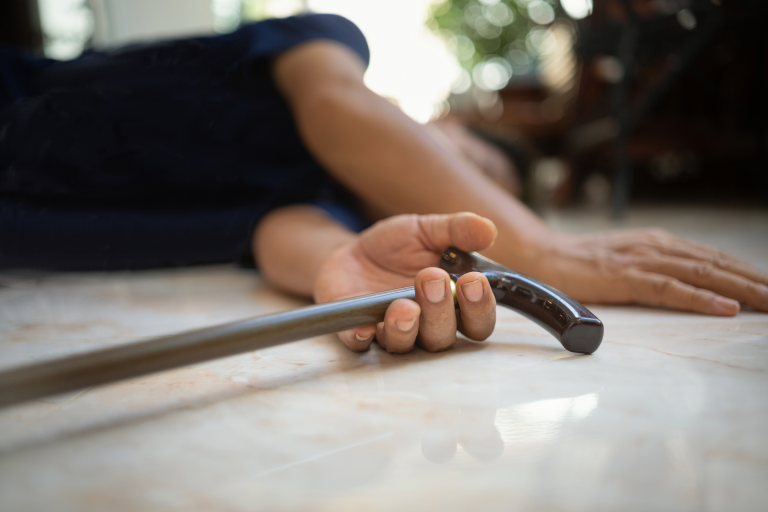Hearing loss is often seen as a natural part of aging, but its impact extends beyond communication. One critical and surprising connection is the link between hearing loss and an increased risk of falls.
Our sense of balance relies on multiple sensory inputs, including visual, vestibular (inner ear), and auditory information. When hearing starts to decline, the brain’s ability to process and integrate these signals becomes compromised. Reduced situational awareness is one outcome, as hearing loss makes it harder to detect important environmental sounds, such as footsteps, approaching vehicles, or changes in the ground surface. This diminished auditory input can leave individuals less aware of their surroundings, increasing the likelihood of misjudgements and instability.
Hearing loss also affects spatial awareness, which is crucial for judging the distance and direction of objects. Without this ability, the risk of tripping over obstacles or misstepping on uneven surfaces grows significantly. Additionally, hearing loss increases cognitive load. The brain must work harder to fill in gaps in auditory information, leading to cognitive fatigue. This mental exhaustion can further impair balance and mobility, heightening the risk of falls.
Research consistently shows a strong correlation between hearing loss and falls, particularly in older adults. People with mild hearing loss are almost three times more likely to experience a fall. The risk increases with the severity of hearing loss; moderate hearing loss raises the likelihood fivefold, and severe hearing loss makes falls seven times more likely. These statistics underscore the need to address hearing loss, not only for improved communication but also to ensure physical safety.
Addressing hearing loss is essential for reducing the risk of falls. Regular hearing assessments can detect early signs of hearing loss, allowing for timely treatment. Hearing aids play a vital role in improving auditory input, which enhances situational and spatial awareness. Modern hearing aids equipped with advanced technology can even detect falls and alert family members or emergency services, providing an additional layer of safety.
Making small changes at home can also make a significant difference. Improving lighting, removing tripping hazards, and installing assistive devices such as grab bars can help create a safer environment. Incorporating balance exercises into daily routines strengthens muscles and improves coordination, reducing the risk of falls even further.
The connection between hearing loss and falls highlights the broader impact of untreated hearing loss on overall health and well-being. By addressing hearing loss through assessments, hearing aids, and safety modifications, individuals can significantly reduce the risk of falls and enjoy a better quality of life as they age.

